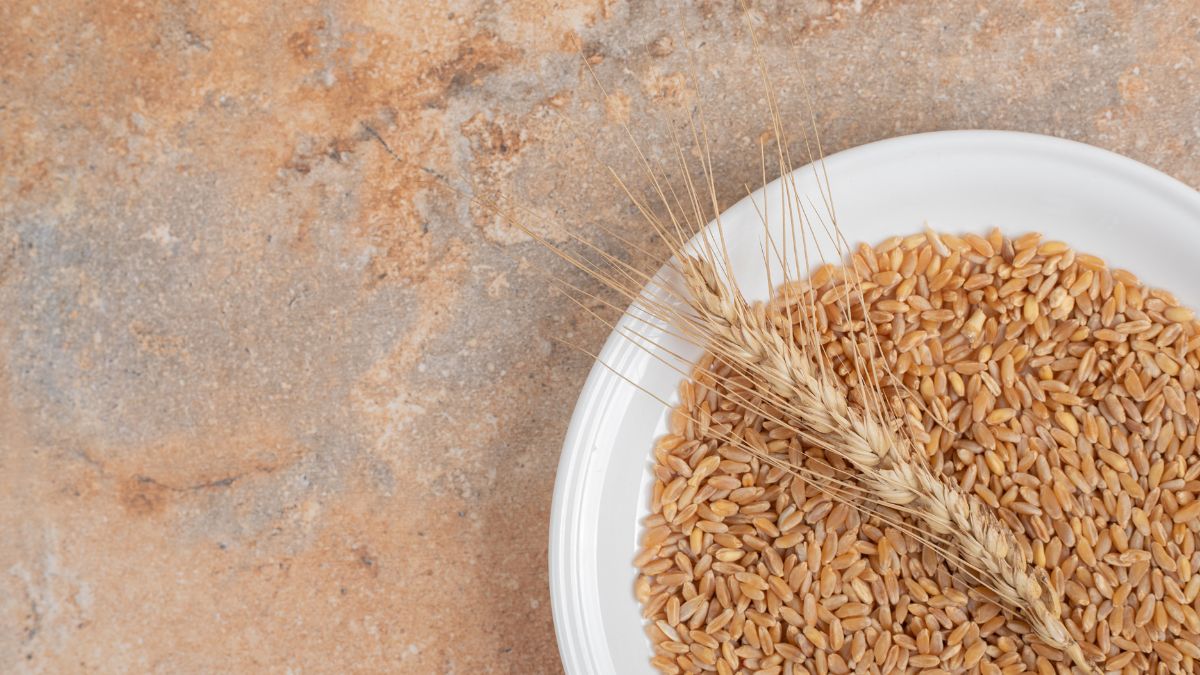
When it comes to staple foods, grains play a significant role in our diets. Two commonly consumed grains are wheat and ragi. While wheat has been a dietary staple for centuries, ragi is gaining popularity as a healthier alternative. However, should you really make the switch?
Table of Content:-
To answer this question, the team of OnlyMyHealth spoke to K Sowmya, Sr Dietician, Apollo Hospitals, Secunderabad.
Wheat Vs Ragi: Which Is Superior?

Sowmya said, "Wheat is a staple food for more than one-third of the world population. Probably because it can be used to make many food products, and can be easily stored, processed and transported."
"Ragi, on the other hand, is a millet consumed mainly in rural and low-income groups," she added. Sharing some key features that make both these flours stand apart, she listed:
Nutrient Content
According to Sowmya, the fibre content and presence of B vitamins, calories, proteins and phytochemicals makes wheat a suitable food for any individual.
Ragi, meanwhile, is a nutrition powerhouse. "It is rich in fibre, calcium, proteins, B complex and Vitamin E," she added. In fact, a study published in MDPI shared that one of ragi's standout features is its significantly higher calcium content compared to wheat. Calcium is vital for strong bones and teeth, making ragi an excellent choice for individuals looking to improve their bone health, and for growing children.
Also Read: International Year Of Millets 2023: Here Are Some Health Benefits Of Ragi
Gluten-Free Option

Wheat is often seen as a villain because of its gluten content, shared Sowmya. However, "Only people with celiac diseases, or gluten sensitivity, have shown better health with a gluten-free diet," she relayed. Ragi on the other hand is gluten-free.
Lower Glycemic Index
The glycemic index (GI) measures how quickly a food raises blood sugar levels. Foods with a high GI can lead to energy spikes and crashes. Ragi has a lower GI than wheat, meaning it releases energy more steadily and helps control blood sugar levels. "It also has slow absorbing carbohydrates making it a favourable food for diabetics and those who want to lose weight," advised Sowmya.
Mother And Child Health
While grains rich in dietary fibre are an essential part of any diet, new mothers and infants can benefit greatly from a strictly balanced diet. In this aspect, Ragi takes the edge, as Sowmya shared, "It is also used as complementary food for infants and helps in milk production in lactating women."
Cost-Effective
Ragi is often more affordable than wheat, making it an economical choice for those on a budget.
Also Read: Here's Why Should You Consume Ragi In Winters
While wheat is undoubtedly a staple in many diets, incorporating ragi into your meals can provide a wide range of health benefits. However, Dr Sowmya concluded that instead of comparing the two, include both in your diet as diet diversity is important to improve your gut health and reduce the risk of various diet-related diseases.
Also watch this video
How we keep this article up to date:
We work with experts and keep a close eye on the latest in health and wellness. Whenever there is a new research or helpful information, we update our articles with accurate and useful advice.
Current Version